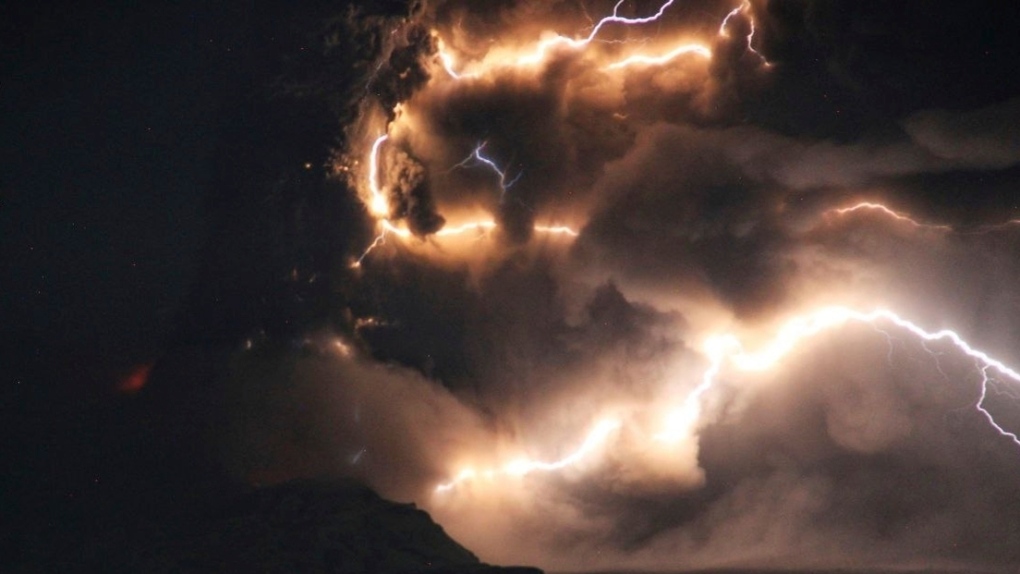BALTIMORE - The Port of Baltimore is facing logistical challenges as crews work to clear the wreckage of the collapsed Francis Scott Key Bridge. With the main terminals blocked, the only operating maritime shipping terminal, Tradepoint Atlantic, is gearing up to handle a significant influx of ships. According to a company statement, Tradepoint Atlantic is expected to process around 10,000 vehicles over the next 15 days.
This includes both regularly scheduled ships and others that have been redirected to the terminal due to the bridge collapse. The situation has created a bottleneck along the East Coast, causing a ripple effect in shipping operations. Although a second temporary channel has been opened through the collapse site, it is not deep enough for most commercial vessels.
Two alternate channels are primarily aiding in cleanup efforts, while work continues to open a third channel that will allow larger vessels to pass through and restore normal commercial activity. Salvage operations have been hampered by bad weather and the murky waters of the Patapsco River, limiting the visibility of divers. The aftermath of the bridge collapse has been devastating, with the wreckage painting a grim picture of the catastrophe that unfolded on March 26.
The cargo ship Dali, which lost power shortly after leaving Baltimore en route to Sri Lanka, collided with the bridge, causing it to collapse. Despite issuing a mayday alert, the bridge fell before a roadwork crew could be evacuated, resulting in the tragic deaths of six workers. The ship remains stationary with its crew still on board.
The cleanup effort is a massive undertaking, with the debris from the collapsed bridge and the cargo ship posing significant challenges. Divers are working in difficult underwater conditions to map the wreckage and remove obstacles from the ship's bow. A floating crane nicknamed "Chessy" is assisting in the salvage operations.
In response to the crisis, the Maryland Senate is moving quickly to pass a bill that would provide financial aid to port employees affected by the closure. The bill also aims to support small businesses and encourage companies to return to Baltimore once the port reopens. President Joe Biden is scheduled to visit the collapse site to assess the situation firsthand.
The impact of the bridge collapse extends beyond the Port of Baltimore, with other vessels stranded in the harbour awaiting the resumption of shipping traffic. The port, known for its handling of cars and farm equipment, is a crucial hub for maritime commerce on the East Coast. The challenges faced by the Port of Baltimore highlight the importance of efficient and safe shipping operations.
As the cleanup efforts continue and the port works towards reopening, it serves as a reminder of the resilience and determination of the maritime industry in the face of adversity. Contributing to this report were Associated Press writers Brian Witte in Annapolis and Sarah Brumfield in Washington.









 English (US)
English (US)